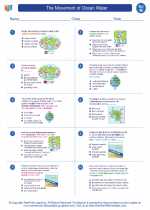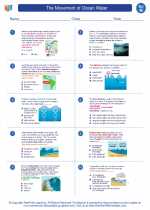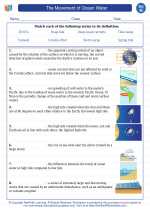Thunderstorms
Thunderstorms are a type of weather phenomena characterized by the presence of thunder and lightning. They are often accompanied by heavy rainfall, strong winds, and sometimes hail. Thunderstorms are caused by the rapid upward movement of warm, moist air that cools and condenses, forming cumulonimbus clouds. These storms can occur individually, in clusters, or in lines and are often associated with other severe weather events such as tornadoes and flash floods.
Formation of Thunderstorms
Thunderstorms typically form when warm, moist air rises rapidly into the atmosphere. This can happen when cool air at the surface pushes warm air upwards, or when warm air is lifted along a front. As the warm air rises, it cools and condenses, forming cumulonimbus clouds. Within these clouds, strong updrafts and downdrafts create the conditions for thunder and lightning to occur.
Stages of a Thunderstorm
Thunderstorms go through three stages: the cumulus stage, the mature stage, and the dissipating stage. During the cumulus stage, warm air rises and the cumulonimbus cloud begins to form. In the mature stage, the storm reaches its peak intensity, with heavy rain, strong winds, and lightning. Finally, the dissipating stage occurs as the storm begins to weaken and the downdrafts cut off the updrafts.
Study Guide
.◂Science Worksheets and Study Guides Eighth Grade. The Movement of Ocean Water

 Worksheet/Answer key
Worksheet/Answer key
 Worksheet/Answer key
Worksheet/Answer key
 Worksheet/Answer key
Worksheet/Answer key
 Vocabulary/Answer key
Vocabulary/Answer key
 Vocabulary/Answer key
Vocabulary/Answer key
